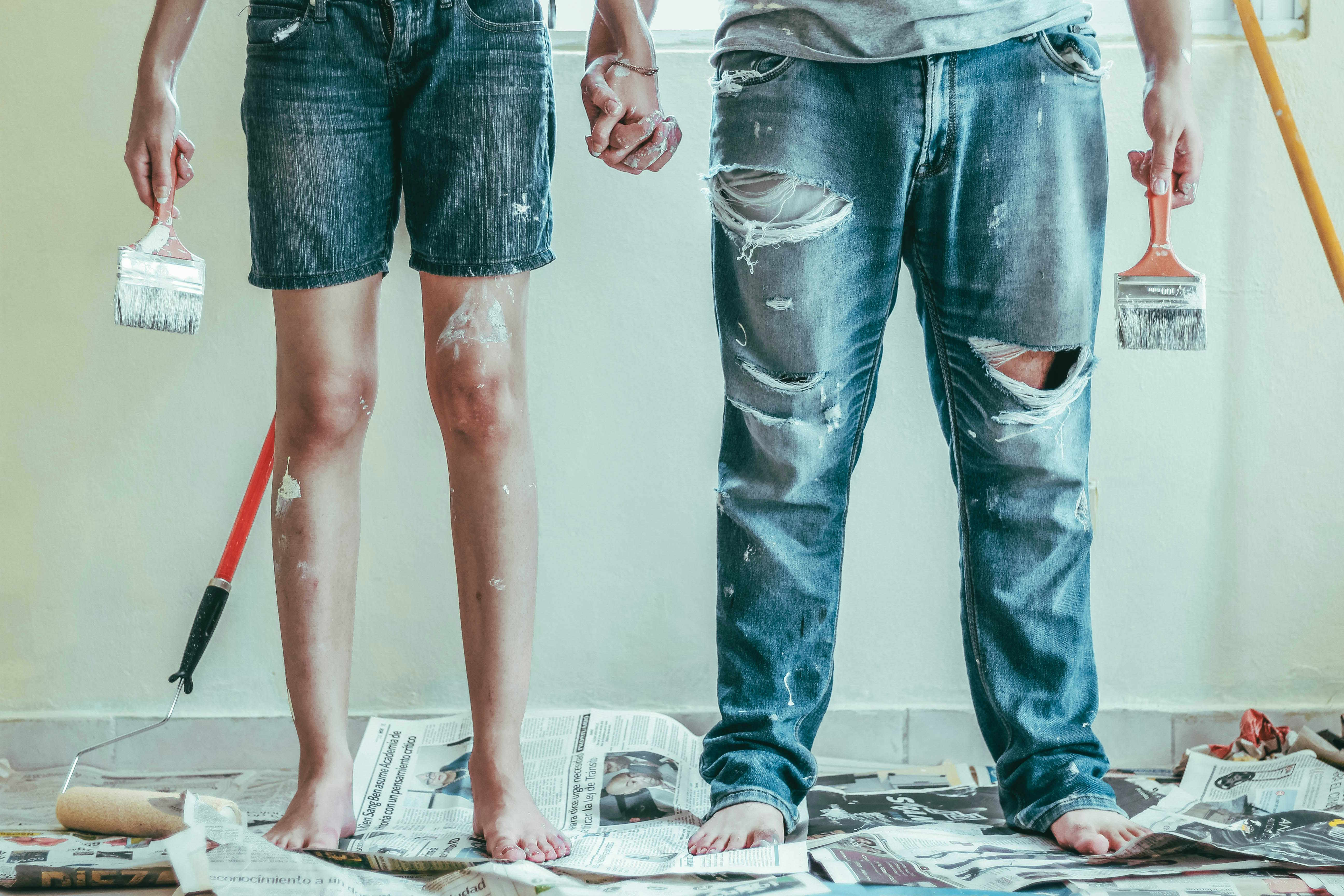"Reviving the Charm of Wicker Furniture in Modern Homes"
Introduction: Wicker furniture, an age-old staple of home design, is making a surprising comeback in contemporary homes. With its timeless appeal, versatility, and eco-friendly nature, wicker is weaving its way back into the hearts of designers and homeowners across the globe.

A Nostalgic Journey: The History of Wicker Furniture
Wicker furniture, known for its intricately woven designs, has a rich history tracing back to Ancient Egypt. The unique weaving technique allowed for the creation of lightweight yet sturdy furniture pieces. As trade routes expanded, the popularity of wicker furniture spread across Europe, eventually reaching America in the mid-19th century. Despite its initial popularity, wicker fell out of favor in the mid-20th century as modern, minimalist designs surged. However, the turn of the new millennium saw a renewed interest in this traditional crafting technique.
Wicker Furniture: The Comeback Kid
Today, wicker furniture is experiencing a renaissance, with designers and homeowners appreciating its aesthetic and functional qualities. The organic, earthy feel of wicker lends a warm and inviting touch to any space, making it a popular choice for both indoor and outdoor settings. Its versatility allows it to blend seamlessly with various design styles, from rustic to contemporary.
Practicality and Market Trends
Wicker furniture’s practicality is another factor contributing to its resurgence. Most wicker pieces are lightweight, durable, and easy to maintain, making them ideal for homes with children or pets. Moreover, as consumers are increasingly seeking eco-friendly alternatives, wicker’s sustainability attributes are a significant draw. Market trends show a steady increase in the demand for wicker furniture, with industry experts predicting continued growth in the coming years.
Enhancing Daily Living with Wicker
Wicker furniture has the power to transform everyday living spaces into cozy, stylish havens. Whether it’s a wicker chair in the living room or a wicker basket in the bathroom, these pieces add a touch of charm and character to a home. Wicker’s natural textures and intricate patterns can also stimulate the senses, enhancing the overall aesthetic experience.
Research-Backed Benefits of Wicker
Research has shown that incorporating natural elements like wicker into home decor can have positive effects on mental health. The tactile and visual appeal of wicker can stimulate the senses and promote relaxation. Additionally, wicker furniture is often made from renewable materials like rattan, reed, or bamboo, aligning with the growing trend of eco-conscious living.
In conclusion, the revival of wicker furniture in modern homes is more than just a design trend. It’s a testament to the enduring appeal of traditional craftsmanship, the desire for sustainable living, and the quest for creating warm, inviting spaces. As we move forward, it’s exciting to see how this age-old art form will continue to evolve and inspire.




